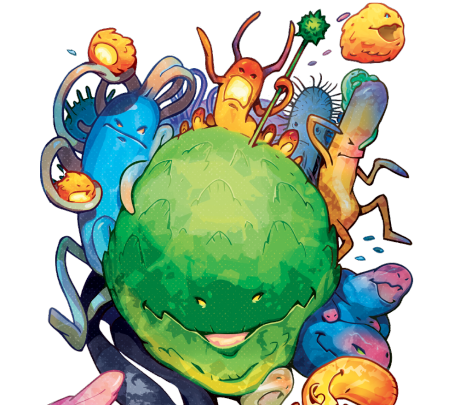En poursuivant votre navigation sur ce site, vous acceptez l’utilisation de cookies.
En savoir + J'accepteUn jeu pour apprendre à vous protéger des microbes !
J’achète le jeu
Apprenez à vous protéger des microbes
Nos modes de vie actuels nous exposent à des microbes. Découvrez comment reconnaître et éviter les risques dans vos activités quotidiennes.

